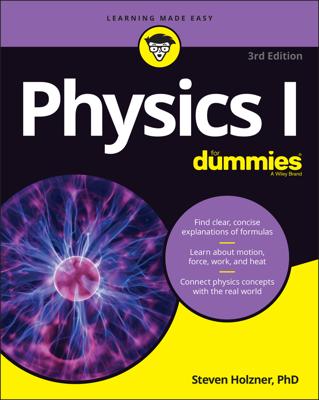One of the major theoretical insights that string theory has offered is the ability to understand some black hole physics. These are directly related to work on p-branes, which, in certain configurations, can act something like black holes.
The connection between branes and black holes was discovered by Andrew Strominger and Cumrun Vafa in 1996. This is one of the few aspects of string theory that can be cited as actively confirming the theory in a testable way, so it’s rather important.
The starting point is similar to Strominger’s work on p-branes to create particles: Consider a tightly curled region of a space-dimension that has a brane wrapped around it. In this case, though, you’re considering a situation in which gravity doesn’t exist, which means you can wrap multiple branes around the space.
The brane’s mass limits the amount of electromagnetic charge the brane can contain. A similar phenomenon happens with electromagnetically charged black holes. These charges create an energy density, which contributes to the mass of the black hole. This places a limit on the amount of electromagnetic charge a stable black hole can contain.
In the case where the brane has the maximum amount of charge — called an extremal configuration — and the case where the black hole has the maximum amount of charge — called an extremal black hole — the two cases share some properties.
This allows scientists to use a thermodynamic model of an extremal configuration brane wrapped around extra dimensions to extract the thermodynamic properties that scientists would expect to obtain from an extremal black hole. Also, you can use these models to relate near-extremal configurations with near-extremal black holes.
Black holes are one of the mysteries of the universe that physicists would most like to have a clear explanation for.
String theory wasn’t built with the intention of designing this relationship between wrapped branes and black holes. The fact that an artifact extracted purely from the mathematics of string theory would correlate so precisely with a known scientific object like a black hole, and one that scientists specifically want to study in new ways, was seen by everyone as a major step in support of string theory.

